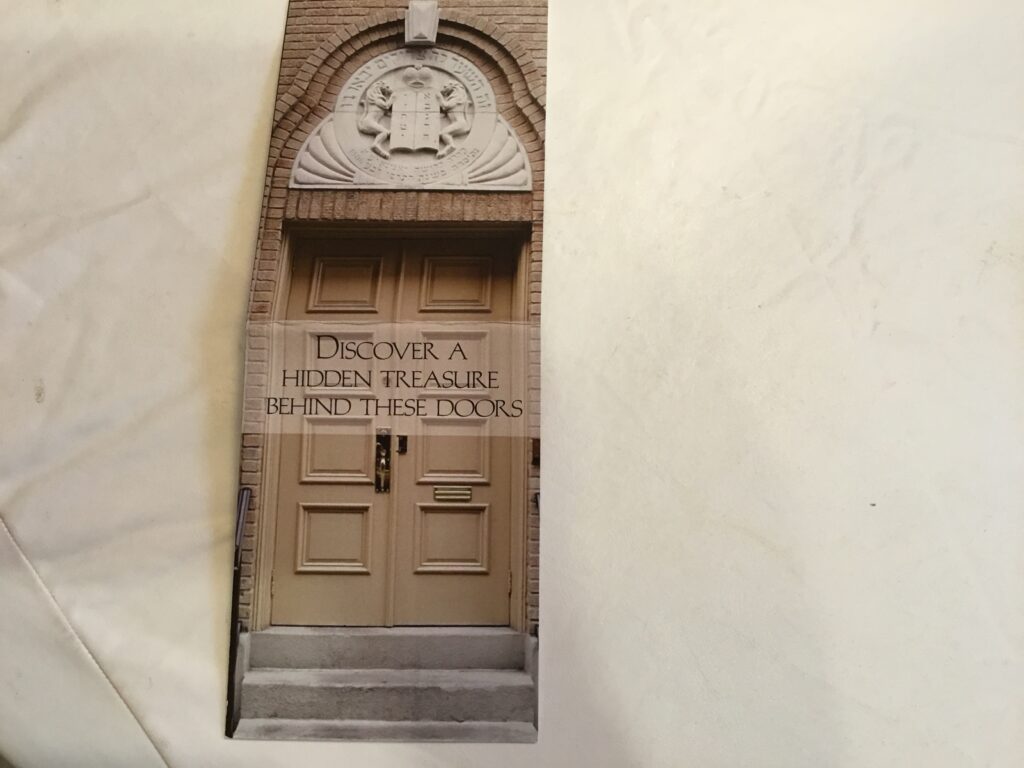With Jewish Holidays near, learn about the Romaniote who hail from Greece
Deep Waters, the third in the Sammy Greene series, was set in Greece. In researching the setting, Linda Reid (my co-author) and I learned about the Romaniote Jews who are among the oldest (dating back 2000 years) and least-known of all the Jewish communities of the diaspora. Then in my travels, I met someone- now a good friend- who is a descendent of this group.
According to oral tradition, following the destruction of the 2ndtemple in 70 AD, the Jews of Palestine were sent on a slave ship to Rome. Instead, a storm forced them to land in Greece where they developed unique ethnic and religious customs.
Neither Sephardim (from Spain) or Ashkenazim (from Eastern Europe), this group traces its roots back to the Roman Empire. They are considered “Hellenizied” or Greek Jews, Their distinct language was actually Judaeo-Greek, a Greek dialect which contained Hebrew along with some Aramaic and Turkish words known as Yevanic.
Historians believe that those Romaniotes who were able to remain intact for so many centuries did so because the people adopted the language and customs of the Greek civilization as their own while maintaining their distinct Jewish identity, i.e. acculturating, but not assimilating.
That was especially true of Ioannia (Janina), a small city in NW Greece. Many other Romaniotes in Greece were absorbed into the much larger Sephardic community, adopting its Ladino language.
The Jews of Janina made their living as merchants, tradesmen and craftsmen. Theirs was a patriarchal society of arranged marriages, large families and strict Jewish orthodoxy.
While strict in their faith, the Romaniote were not isolated from the larger community. For example, during the High Holidays Christian townspeople of Janina often used to attend celebrations of Jewish New Year. Sometimes local officials also came to watch and share the joy of their Jewish fellow citizens.
On March 25, 1944 1860 men, women and children were rounded up, loaded into trucks and deported to Auschwitz. Only 200 survived.
Pre- World Qard II, large Romaniote communities were located in Thessaloniki, Janinia, Arta, Preveza, Volos, Chalkis, Thebes, Corinth, Patras and the islands of Corfu, Zakynthos, Lesbos, Chios, Samos, Rhodes, Cyprus among others. Eight-five percent of all Greek Jews perished and the historic Romaniote communities in Greece were largely destroyed during the Holocaust.
After the war, a majority of the survivors emigrated to Israel, the US, and Western Europe. Today there are still functioning Romaniote synagogues in Chalkis, a town on the Greek island of Eubie, Janina, Athens, NewYork and Israel.
Interesting, second and third generation Romaniote immigrants in New York city have good knowledge of Greek. In the beginning of the 21st century 90% asserted that they understand Greek while 40% could speak Greek comfortably. Over a third could read Greek fairly well.
The Kehila Kedosha Janina synagogue in Manhattan has struggled to maintain its millennium-old traditions. Designated a historic landmark by the city of New York in 2004, it still operates in its original form.

Today between 4500 and 6000 Jews remain in Greece, only a small percentage are Romaniotes who live mainly in Thessaloniki, Chalkis, Janina and Athens.